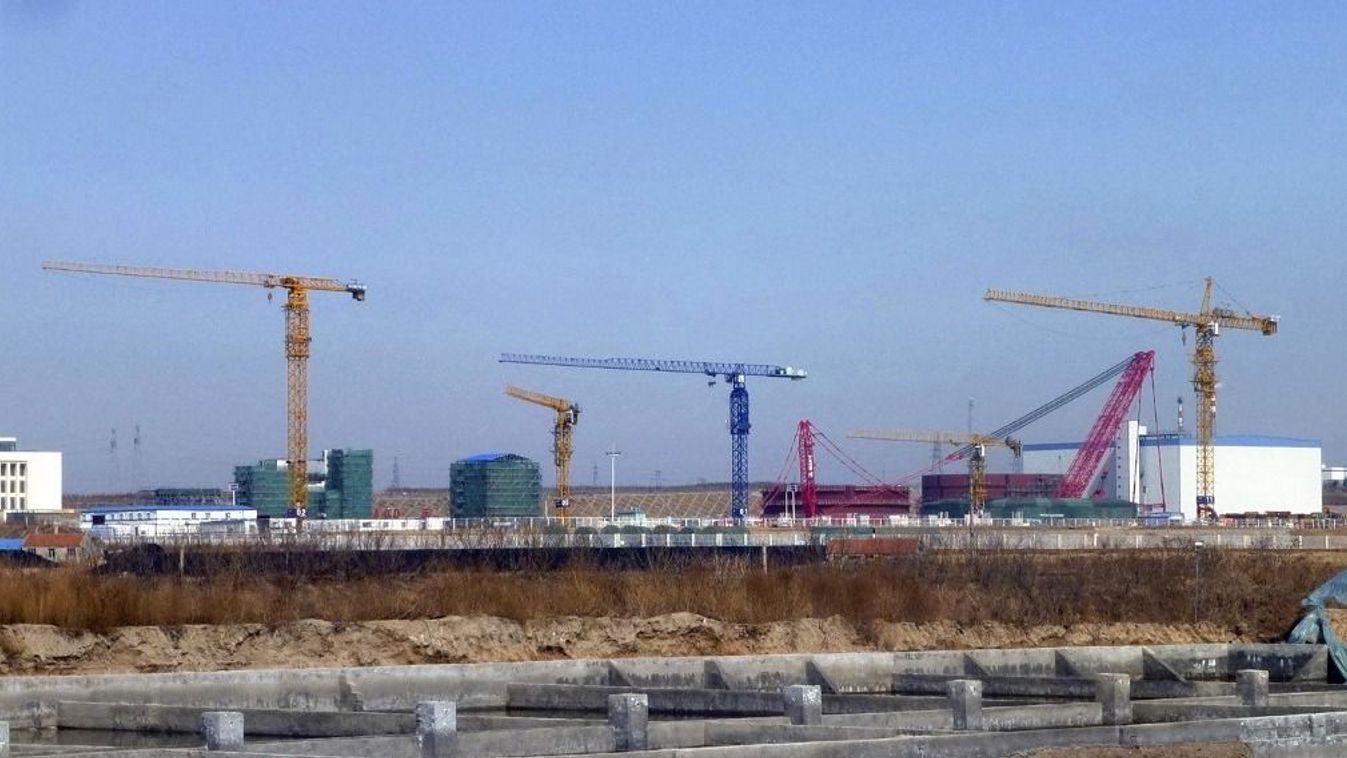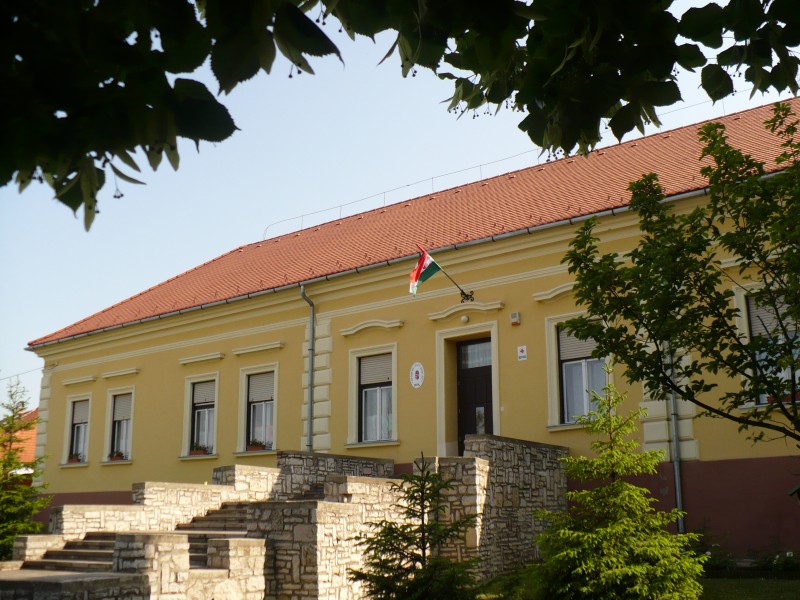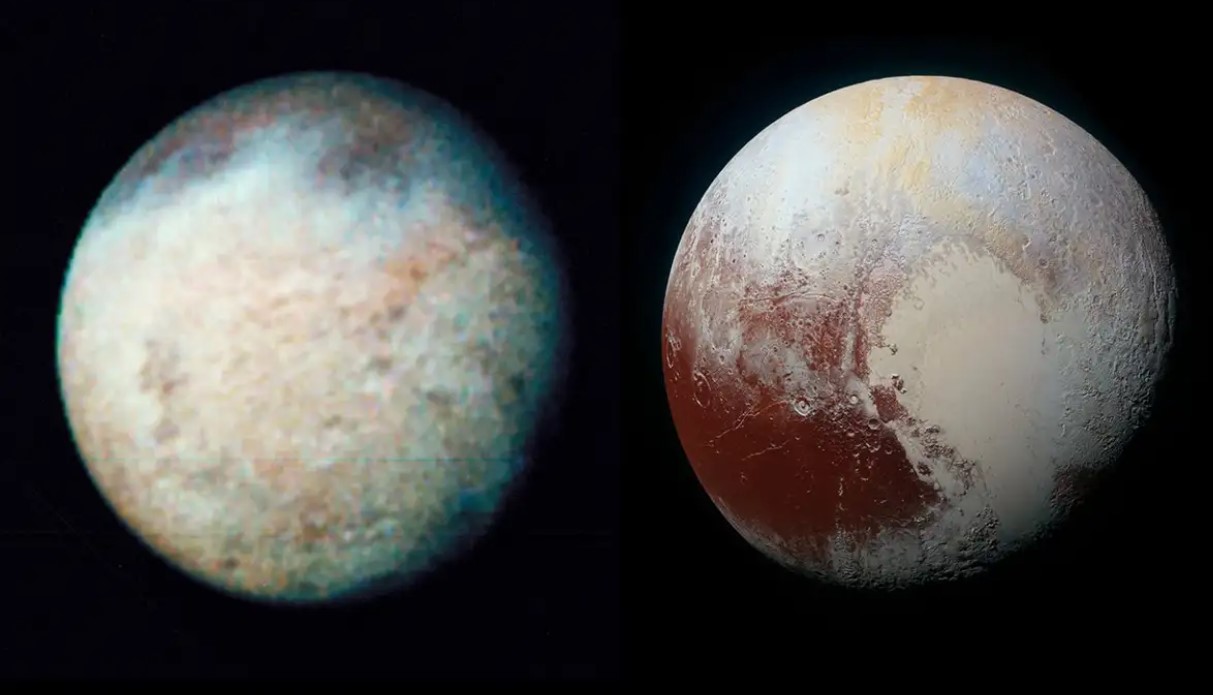In 2023, 78.3 million people between the ages of 15 and 74 will be employed in science and technology in the European Union, which means an increase of 2.9 percent compared to 2022, the organization says. Eurostat In its latest report. If we look at 2013, the data shows a significant increase of 25 percent over the past decade. Scientific and technological personnel include those who, in order to carry out their main tasks, require either high-level professional knowledge or technical knowledge and experience in one or more areas of the physical and life sciences, as well as the social sciences and humanities.
Of the 78.3 million people working in science and technology professions, 52% are already women (no change compared to 2021 and 2022). They work mostly in service activities (57 percent of women compared to 43 percent of men). Malta is an exception, with only 48 percent of women working in science and technology working in service activities.
Among the EU regions at the first level of the Nomenclature of Territorial Units for Statistical Purposes (NUTS), the proportion of women working in science and technology in 2023 was highest in Lithuania and Latvia (both 63 per cent and one region at this level), followed by Saxony. German Anhalt region by 62 percent.
At the other end of the scale are Malta (45 per cent) and four Italian regions where this percentage is lowest: the north-west and south (both 46 per cent), and the north-east and center (both 47 per cent).
Among scientific and technological human resources, scientists and engineers constitute an important subgroup. They represent almost a quarter (24 percent) of EU science and technology workers, which means a 4.8 percent increase compared to 2022. Among EU countries, Germany employs the largest number of scientists and engineers, more than 3.9 million. Workers aged between 15 and 74 years.
Although women make up the majority of workers in science and technology, they are underrepresented as scientists and engineers: they represent only 41% of all scientists and engineers in 2023. This rate has increased by only one percentage point over the past 10 years, but the number The number of women working as scientists and engineers increased by 50 percent during this period, from 5.1 million in 2012 to 7.7 million in 2023.













































